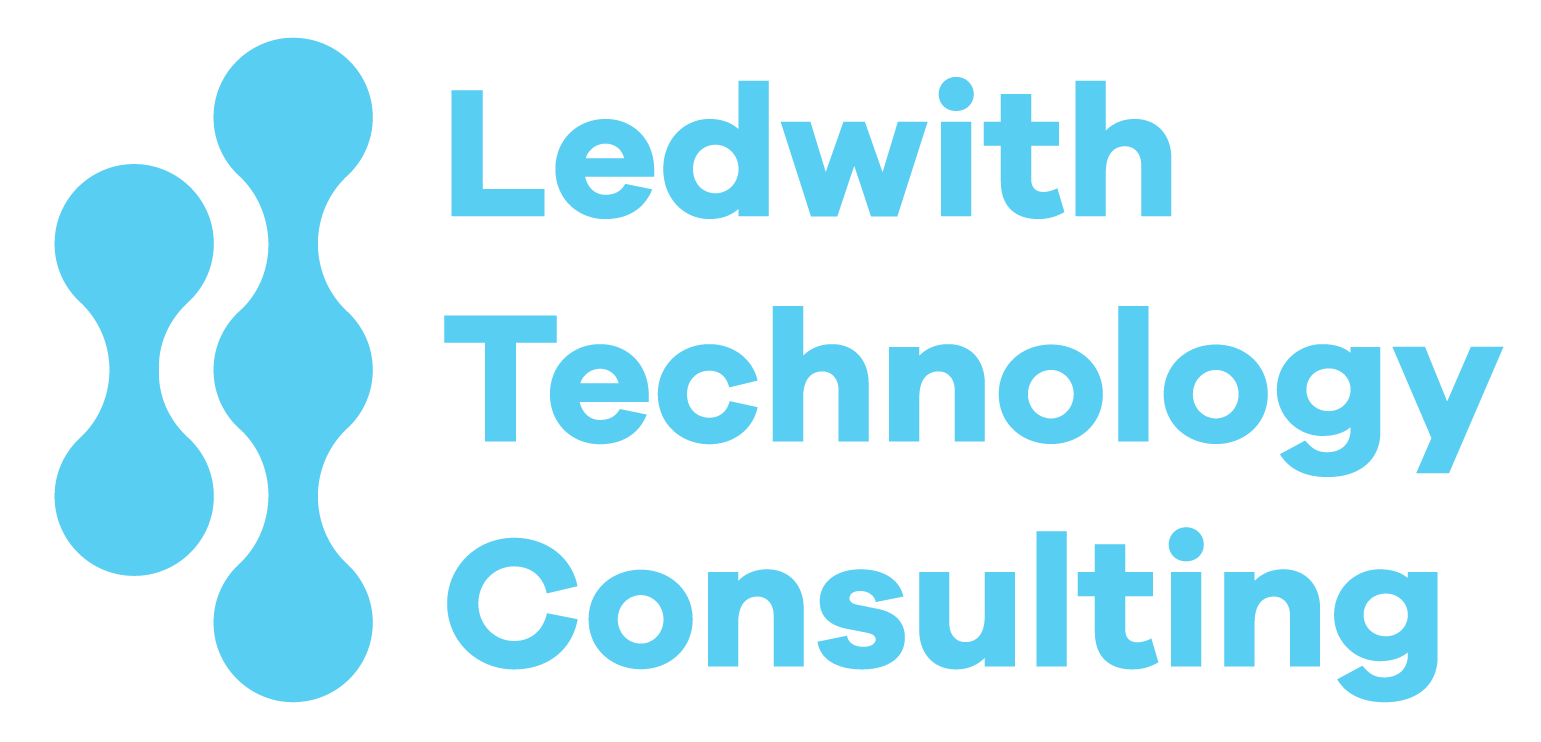By Stephen Ledwith May 15, 2025
Understanding RSA Encryption and Its Future in the Quantum Era
The Backbone of Digital Security
For decades, RSA encryption has been the gold standard of cybersecurity, protecting everything from online banking to real estate transactions. Named after its inventors Rivest, Shamir, and Adleman, RSA encryption introduced the world to public-key cryptography, a breakthrough that enabled secure communications across the internet. Today, RSA is embedded in SSL/TLS protocols, digital signatures, and secure email communications, making it a pillar of online security.
At its core, RSA encryption relies on the difficulty of prime factorization—the process of breaking a large number into two prime numbers. This mathematical challenge makes RSA extremely difficult to crack using classical computers. The security of RSA lies in the fact that factoring a 2048-bit key would take classical computers hundreds of years. However, this assumption is rapidly changing with the advancement of quantum computing.
The Quantum Threat to RSA
Quantum computers have the potential to completely undermine RSA encryption. The breakthrough algorithm that threatens RSA is Shor’s Algorithm, developed by mathematician Peter Shor. This algorithm enables a sufficiently powerful quantum computer to factor large prime numbers exponentially faster than classical computers, rendering RSA encryption obsolete.
While today’s quantum computers are not yet advanced enough to break RSA, research suggests that within 10 to 15 years, quantum machines could reach the capability needed to decrypt RSA-encrypted data. This creates a security time bomb for businesses relying on RSA for data protection, particularly in industries like real estate, finance, and healthcare, where long-term confidentiality is crucial.
Why This Matters for Real Estate Transactions
Real estate transactions involve highly sensitive data, including financial records, identity verification, and legal contracts. Many of these transactions depend on RSA encryption to secure communications between buyers, sellers, banks, and title companies. If RSA is compromised, private keys could be stolen, escrow transactions could be intercepted, and blockchain-based smart contracts could be manipulated.
As discussed in previous articles on quantum-resistant encryption, real estate firms and small businesses must audit their encryption practices and begin transitioning to hybrid cryptographic models that combine classical encryption with post-quantum cryptography (PQC). This ensures that even if RSA is broken, data remains secure under a quantum-resistant encryption layer.
The Transition to Post-Quantum Cryptography
Recognizing the quantum threat, the National Institute of Standards and Technology (NIST) has been working on standardizing post-quantum cryptographic algorithms. Leading candidates, such as CRYSTALS-Kyber for key exchange and CRYSTALS-Dilithium for digital signatures, will replace RSA and other classical encryption methods.
For businesses, the best approach is hybrid cryptography, which combines traditional encryption (like RSA) with quantum-safe encryption. This strategy ensures business continuity while making a gradual shift to post-quantum cryptographic standards.
Looking Ahead
RSA encryption has served as the bedrock of online security, but its era is ending. The real estate industry and businesses handling sensitive transactions must act now by conducting encryption audits, implementing hybrid cryptography, and staying informed on post-quantum developments. By making proactive changes today, businesses can avoid costly security breaches and stay ahead of the quantum revolution.

